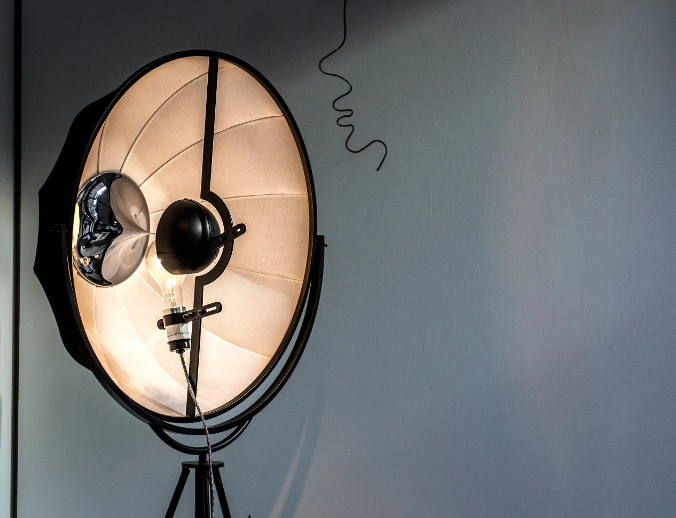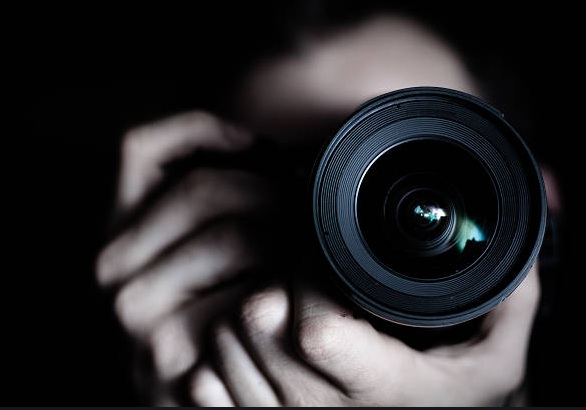|
Getting your Trinity Audio player ready...
|
Professional quality shots can be tricky to achieve though photography is one of the most popular hobbies in the world. It’s not just about having expensive cameras or equipment; you also need a keen eye and knowledge of how to use them correctly.
The good news is that anyone can turn their amateur photos into high-quality shots – with some hard work and practice, of course. In this article, we’ll share essential tips and tricks that will help you understand all aspects of creating beautiful, professional-level photographs.

Professional Quality Shots Need Attention to Detail
The first step in creating professional-level shots is to pay attention to the details. Before you even take a photo, check the background and make sure that it’s free of any distracting elements.
If there are any objects or people in the background that could be distracting, move them out of frame or use your camera’s zoom feature to get rid of them.
There Are No Shortcuts
When it comes to photography, there are no shortcuts. You have to put in the time and effort to learn the basics and practice until you get it right. Start by reading up on photography techniques and familiarizing yourself with your camera’s settings.
You can also experiment with different lighting scenarios and angles to create unique shots. Don’t be afraid to take risks – sometimes the most unexpected results can turn out great!
Post-Production Is Key
Post-production is an integral part of creating professional-quality shots. After taking a photo, use editing software such as Adobe Photoshop or Lightroom to enhance colors, adjust brightness, sharpen details, and more.
These tools will help you bring out the best in your photos and make them look like they were taken by a pro.
Separating Professional Quality Shots From Amateur Ones
Once you’ve mastered the basics of photography and post-production, there are a few things that will help separate professional-quality shots from amateur ones.
First, make sure your photos have a clear subject – this is the main focus of the image and should be the first thing viewers notice.
Your Amateur Takes Can Look Professional
Second, use the Rule of Thirds to compose your shots. This rule states that photos should be divided into thirds both horizontally and vertically, with the subject placed at one of the intersections.
Finally, don’t forget to add a personal touch to your photos by including elements such as people or textures. This will help make your shots stand out and look more professional.
Building An Entire Career Around Photography
The tips and tricks discussed in this article are just the beginning of your journey to becoming a professional photographer. With time and practice, you can build an entire career around photography and make a living doing what you love.
Make Your Camera Your Best Friend
Creating professional quality shots is an ongoing process that requires dedication and hard work – but the results are worth it.
Make your camera your best friend, pay attention to the details, and don’t be afraid to experiment to get the perfect shot. With enough time and effort, you can turn your amateur photos into high-quality masterpieces.
Change Scenery for Different Perspectives
It’s also important to remember not to get stuck in a rut. Change up your scenery and try different perspectives for a fresh look. You never know what kind of incredible photos you’ll discover when you explore new places and try new things!
Don’t Shy Out of Experimenting
Don’t be afraid to experiment. Photography is an art form that allows you to express yourself and explore new ideas. Push the boundaries of what you know and take risks – you never know what amazing shots you might end up with.
So be open to travel and explore, and don’t be afraid to take risks and experiment with different lighting scenarios and angles. With dedication and hard work, you can create professional quality shots that will make you stand out from the crowd.
In Conclusion
Creating professional quality shots requires dedication, hard work, and an eye for detail. Use post-production software to enhance colors, adjust brightness, and sharpen details. Separate your shots from amateur ones by using the Rule of Thirds to compose your shots.
Don’t be afraid to experiment with different lighting scenarios and angles for fresh perspectives. With enough time and effort, you can turn your amateur photos into high-quality masterpieces that will make you stand out from the crowd.

